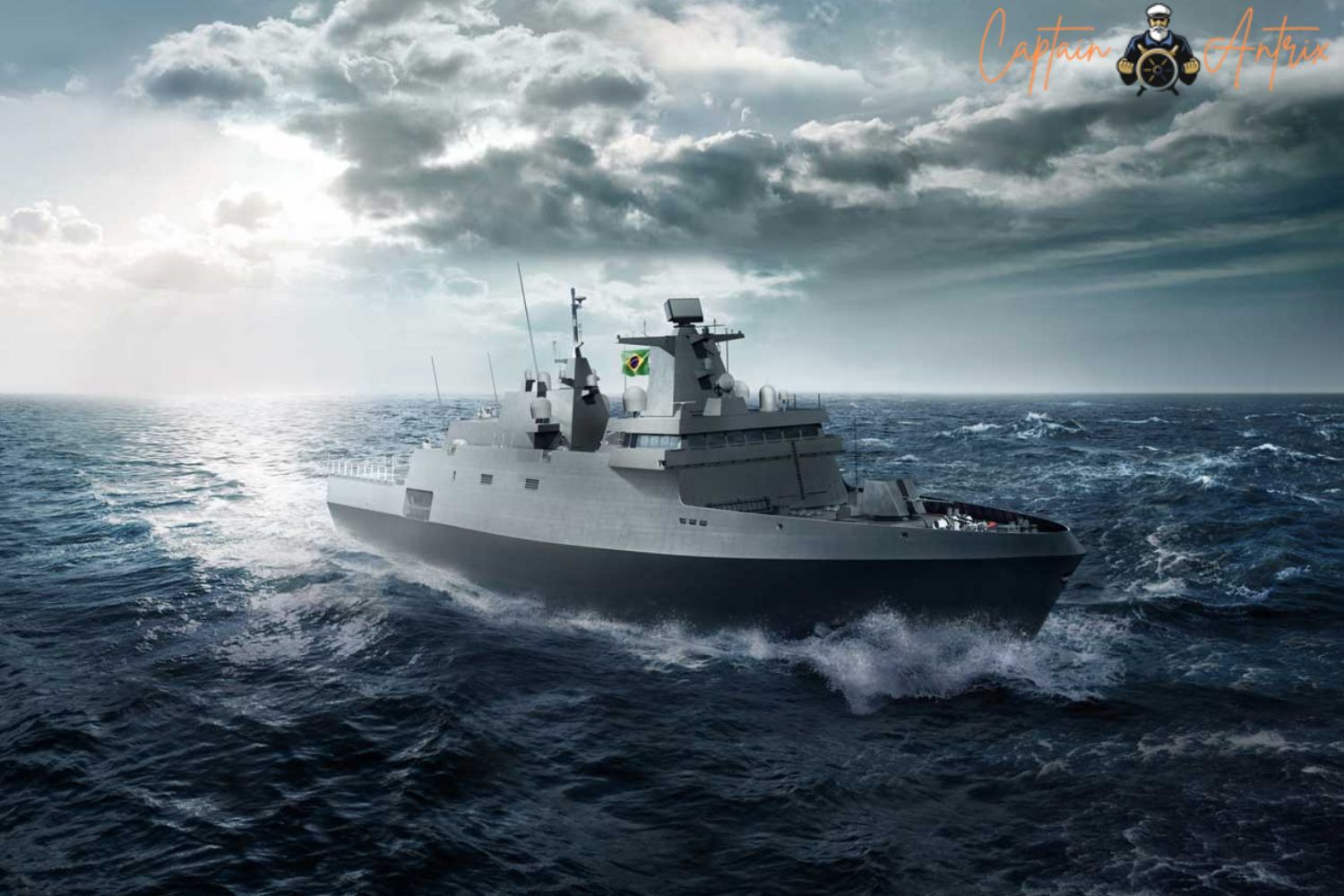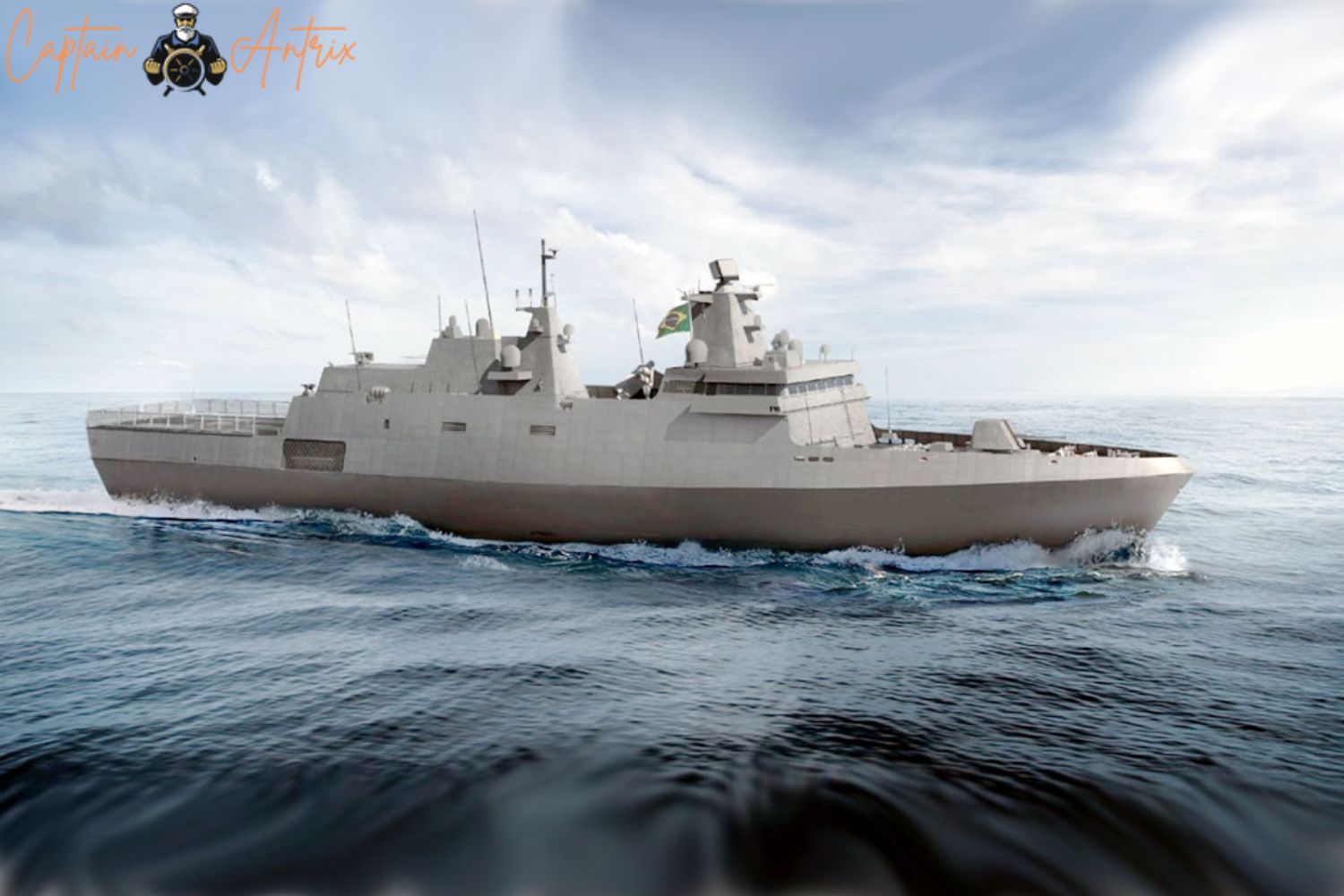
In a groundbreaking steel-cutting ceremony held on November 1 at the Estaleiro Brasil Sul shipyard, owned by thyssenkrupp Marine Systems in Itajaí, the Brazilian Navy reaffirmed its commitment to enhancing its naval capabilities with the construction launch of the frigate Jerônimo de Albuquerque (F 201), a vital member of the Tamandaré class. This historic event, symbolized by the steel-cutting ceremony, highlights Brazil's steadfast dedication to maritime security and technological progress.
A Visionary Consortium and Transformative Project
The construction of the Tamandaré-class frigates is driven by the collaborative consortium Águas Azuis, bringing together thyssenkrupp Marine Systems, Embraer Defense & Security, and Atech. Together, they lead the ambitious PROSUPER procurement program, a substantial initiative that set sail in 2017, attracting firms from 17 countries. After a rigorous evaluation process, the esteemed German shipbuilding conglomerate tKMS emerged as the winner, securing the 2 billion EUR contract for the design rooted in the MEKO A-100 variant known as BR.
A Beacon of Naval Innovation
The Tamandaré class stands as a beacon for future stealth guided-missile frigates within the Brazilian Navy, drawing inspiration from the distinguished MEKO family of ships. This visionary project, spearheaded by the Ministry of Defence and the Águas Azuis consortium, began construction on the four planned frigates in 2022. Anticipated to be delivered between 2024 and 2028, these frigates go beyond the replacement of aging fleet assets. They are designed to fortify the protection of the Blue Amazon, covering about 4.5 million square kilometers off the Brazilian coast, showcasing multifaceted roles that include search and rescue operations and fulfilling international commitments.
Technological Prowess and Armament Specifications
Meeting stringent project specifications, the Tamandaré-class frigates boast a unit price within the €400–500 million bracket. Armed with a formidable array, they include the OTO Melara 76 mm main gun, a minimum of eight VLS Sea Ceptor CAMM missile cells, a Rheinmetall Sea Snake 30 mm machine gun, two .50 machine guns, two triple Mark 46 anti-submarine torpedo launchers, and two twin anti-ship missile launchers for the MANSUP missile. The vessels are equipped with a propulsion system for diesel engines and a hangar capable of housing a SH-60 Seahawk, Super Lynx Mk.21B, or Eurocopter EC725.

Commitment to Naval Innovation and Technological Transfer
The winning consortium shoulders the responsibility not only of constructing the four ships in Brazil but also of transferring 100% of the project’s technology to the Brazilian Navy. Águas Azuis, led by ThyssenKrupp Marine Systems, presented a proposal amplifying the original MEKO A-100 corvette design. This involved tonnage extension, increased vessel length, and cutting-edge systems like the Hensoldt TRS-4D AESA radar, enhancing the ship’s capabilities for navigating the tumultuous South Atlantic.
Versatility for Future Updates
Aligned with the MEKO A-200 frigate class, the winning bid's adaptable modular construction system promises versatility for future updates, ensuring that these frigates stand resilient amidst evolving naval demands.
Brazil's Strategic Naval Maneuvers
As the Brazilian Navy continues its strategic maneuvers towards modernization and enhanced operational prowess, the launch of the Jerônimo de Albuquerque stands as a testament to the nation’s commitment to maritime security and technological advancement. The Tamandaré-class frigates embody Brazil's dedication to naval innovation, heralding a new era in its maritime capabilities.
